Cultivating Tools for Backyard and Market Gardeners
Always use a cultivating tool to aerate the soil in the garden beds. The microorganisms that live in the soil and help your plants thrive appreciate the soil aerated and loose. The plant roots can quickly expand in loose soils allowing them to establish quickly resulting in thriving plants that produce large vegetables and fruit. Use a wheel hoe or had tiller to cultivate the ground in between every new crop when continuously growing during the spring, summer, and fall growing seasons.
Vegetable Garden Beds Need Cultivating
Cultivating the soil is when you turn the soil surface over to bury the surface layer of weeds and debris into the ground and aerate the soil to reduce compaction. A garden bed that is kept well cultivated means plants have improved access to nutrients and water easily penetrates deep in the ground for the roots to thrive.
Cultivation happens at different times during the growing season. When preparing to plant new plants during the season and when periodically weeding in between the rows and plants as they grow. Cultivation is essentially the mixing of the soil at the surface to keep it light and fluffy. Therefore, at the beginning of the planting season or in between crops gardeners may choose to till their soil to break it up into large chunks and deeper than typical cultivation tools allow. Then pass through the bed with a cultivator before smoothing the bed to plant crops.
Best Cultivating Tools
Every homestead needs to match the tools in the garden shed for their needs. Small gardens do not require machine-powered tools. However, a market gardener may utilize a BCS and several different attachments during the year. A serious backyard gardener will benefit from the durability and attachment upgrades of a garden tool like a garden wheel hoe from Hoss tools.
The best cultivating tool is the one that meets the needs of the gardener. Learning how to use a garden hoe for cultivating the soil is important. Here are the best tool that all cultivate the soil well and are easy to use for backyard gardeners. The hoe in one of its variations is always a good bet. Other specialized tools made only for cultivation work well too. Depending on the size of your garden and needs one or more of the following options will get the job done for you.
Wheel Hoe
The best wheel hoe is made by Hoss Tools. They offer a few different options including a double wheel hoe and a high arch wheel hoe. Each accomplishes the tasks slightly different but the general concept is the same. This is a stand-up tool that makes weeding and cultivating a breeze in the garden. This tool is best used in traditional row gardens. It is not a good solution for cultivating raised beds. The large oscillating blade on the wheel hoe cuts the weeds down right at the top of the soil and cultivates the top inch or two of soil.
Utilizing a special 3-tine cultivator attachment the wheel hoe can rip and break up the top several inches of soil. This keeps the garden beds loose and aerated.
Stirrup Hoe
The stirrup hoe also known as the hula hoe is a workhorse in our gardens. Use the stirrup hoe when working in-ground garden beds and raised garden beds alike. Lightly work the hoe on the surface of the soil to knock down small weeds. Dig the hoe deep into the ground to cultivate the top two or three inches of soil.
The best stirrup hoe is made by Hoss Tools. They use quality components and a sturdy handle that feels good in your hands.
Hand Tiller
The hand tiller also known as a rotary cultivator tool has a series of rotating spikes at the end of a long handle. As you push the tool through the soil the working end rotates and breaks up the soil and getting it loosened for planting. This tool will work the top layer of soil slightly easier than a hula hoe which can require some muscle if the soil is compacted. The sharp tines on a rotary cultivator poke through the hard soil and break it into chunks as it rotates.
The spinning tines on the front make it easy to push forward or backward as you work down the rows in your garden. Due to this being a tool with a single long handle it works well in raised beds. Use this tool to cultivate the soil mid-season around crops without damaging them. This is helpful when interplanting and adding a new row of crops mid-season if one vegetable is still growing.
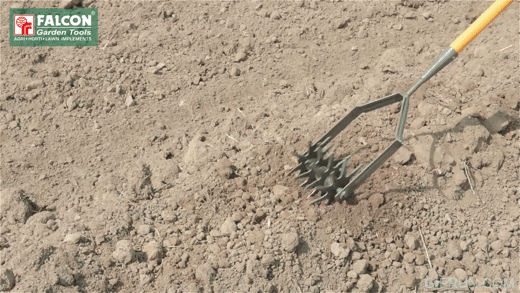
Tooth Cultivator
The tooth cultivator or tine cultivator is a smaller hand tool. A short handle that has a row of tines for cultivating the soil. This small hand tool is perfect for raised bed gardens and small-scale gardens. This tool allows for precise cultivation in small spots.
Quickly cultivate the soil before planting new vegetables in the garden with this tool. You can cultivate as you plant with this small tool. Loosen up the soil quickly, then use a hand-held trowel shovel to dig your hole and put in the transplants to grow.
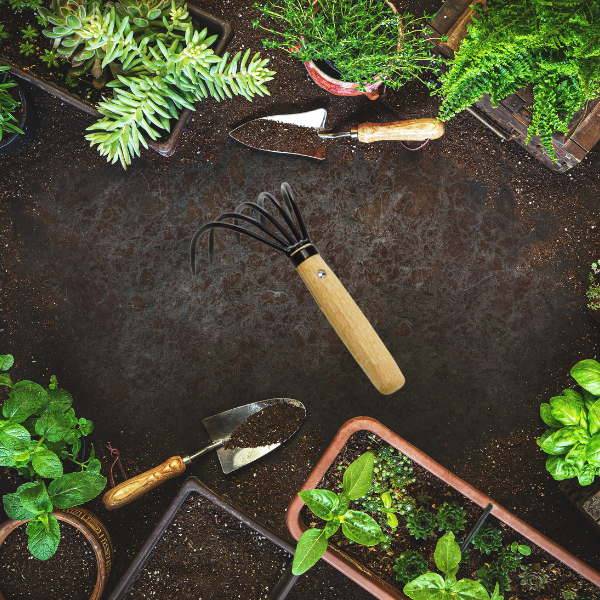
BCS V-Cultivator
The BCS machine has several attachments that make market gardening a breeze on smaller farms. While still used while walking the BCS tractor offers a V Cultivator that is equivalent to the level of cultivation that is possible with small tractor implements. The V-Cultivator is equipped with spring tines that are adjustable in height and position. Perfect for intense cultivation at the start of the growing season. Adjustable wings expand for a maximum cultivation width of 31 inches, perfect for standard market garden beds. The tines have a length of 13″ deep. Therefore, a single pass down a garden bed cultivates all the rows in the bed at once to a decent depth.
A BCS tractor is more power than most backyard gardeners need, however, once you start farming more than a half acre of actual crop space it really starts to be a viable option. Farming 2 acres of intensive garden beds for lettuce, radish, carrots, and other crops that turn over a couple times or more per season and the cultivation and tilling attachments for a BCS really start to save time. There are too many benefits of cultivating the soil to ignore this part of bed prep for each crop.
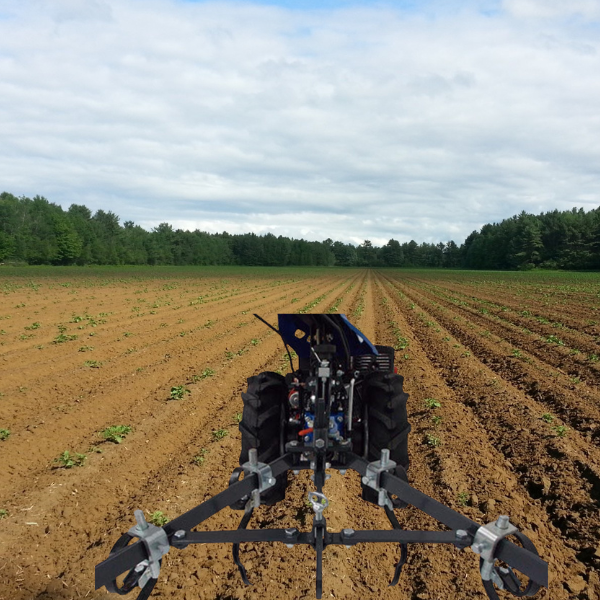
Cultivating Vegetable Gardens
Keep your garden beds well cultivated. Water drains deeper into the soil during each watering. Therefore, roots are kept moist and receive the optimal amount of nutrients for plant growth.
When the ground is not cultivated for multiple growing seasons. It results in hardened and compacted soils. This reduces root growth. Impacts the soil microbiology from thriving. It keeps compost and soil amendments that you may add to the surface from penetrating deep into the ground where the plants need them. Cultivate the soil by using one of these tools after harvest and during bed preparation. I always like to pass the cultivator down the rows one time. Apply my compost and soil amendments and then cultivate or lightly till the material into the ground. This makes it quickly available for the plants when they start growing and need the nutrients for rapid growth.
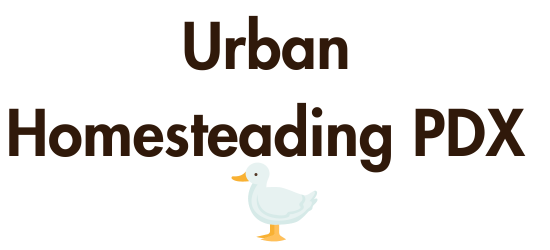
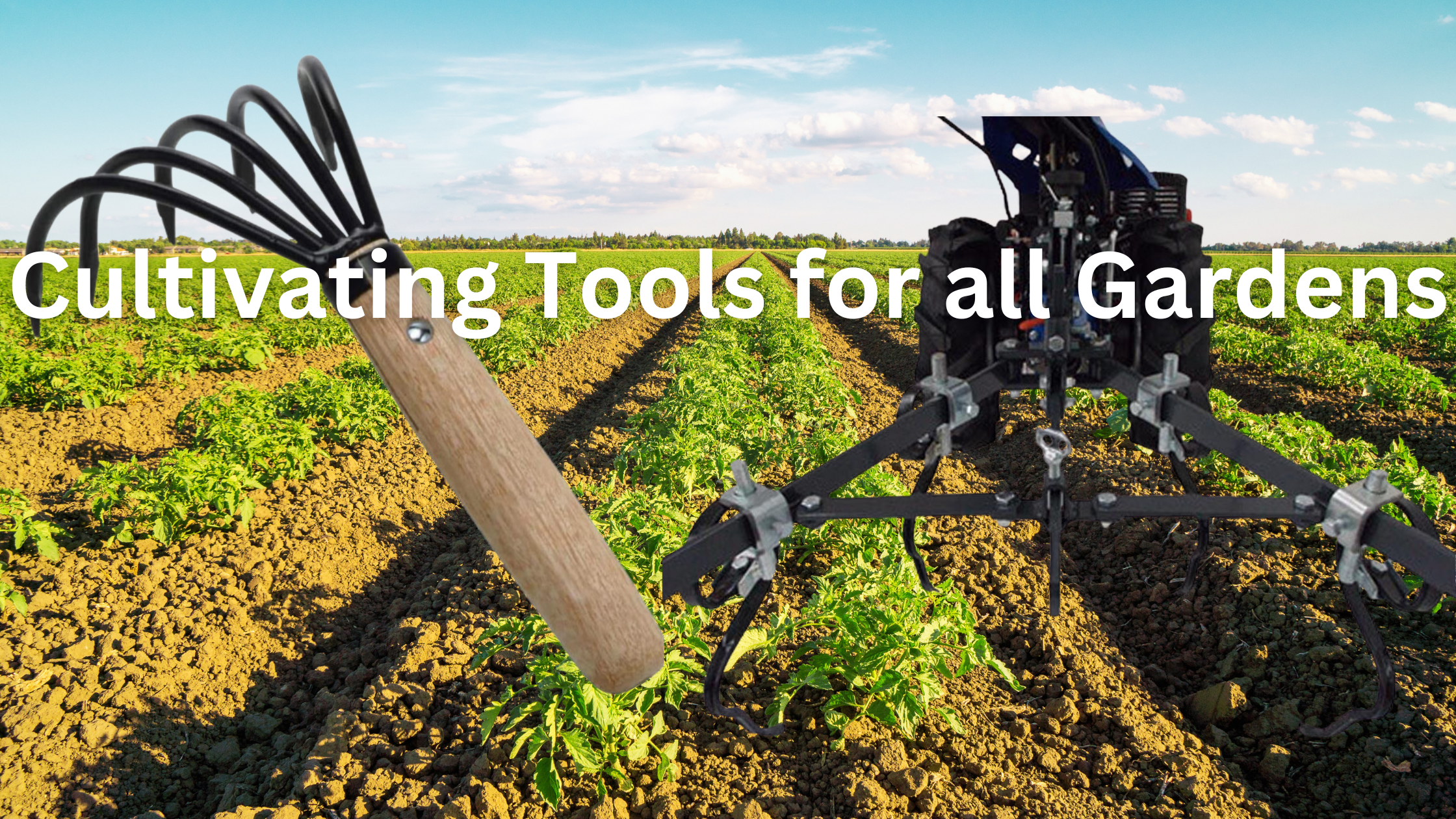
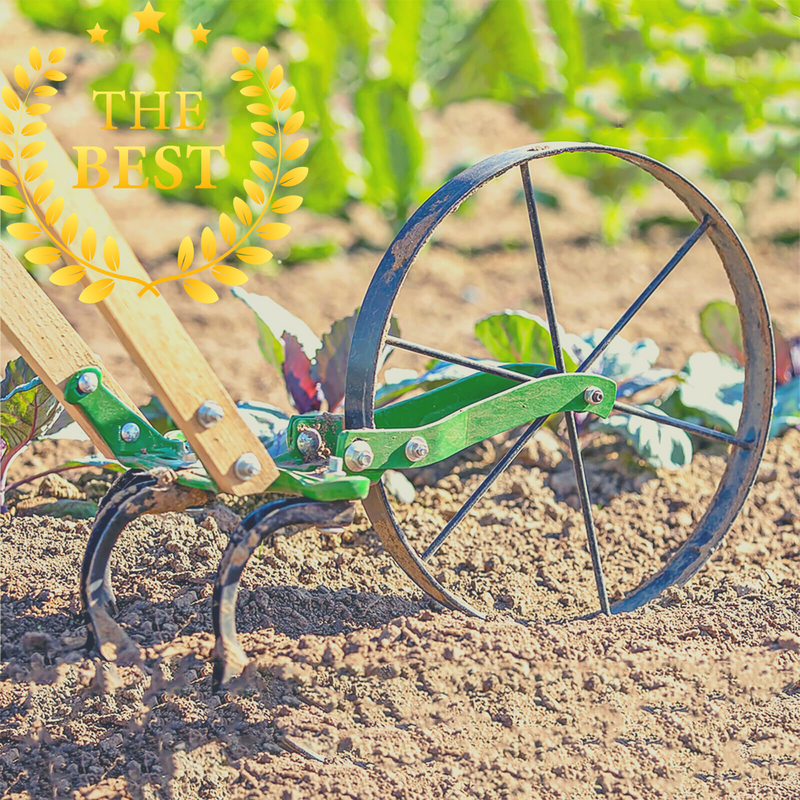
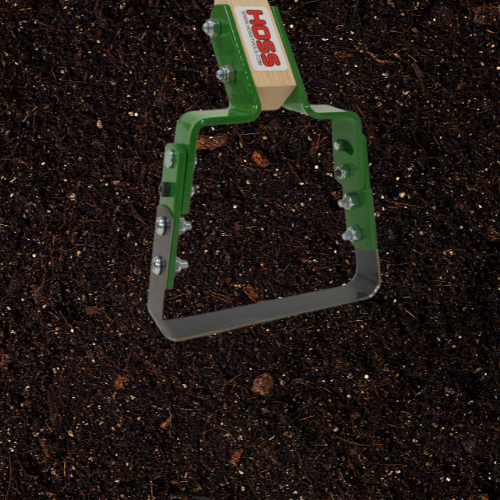


Recent Comments